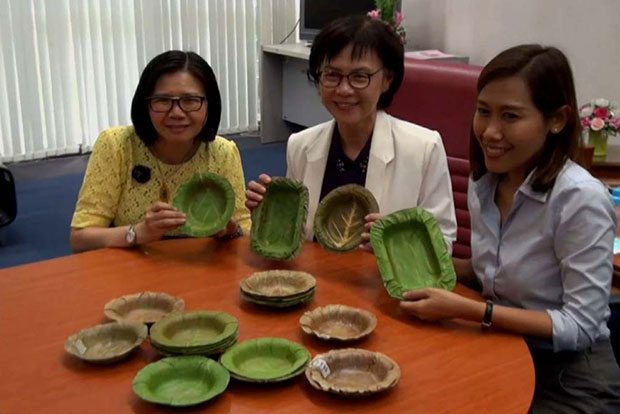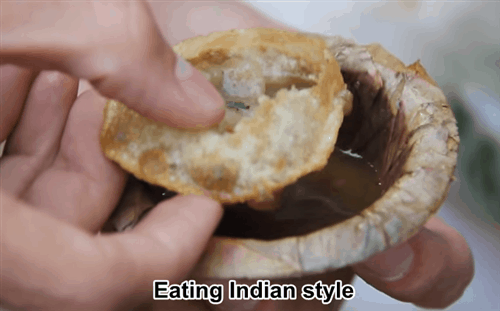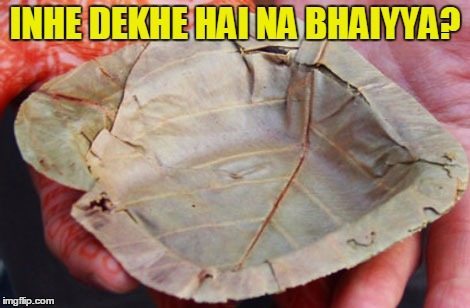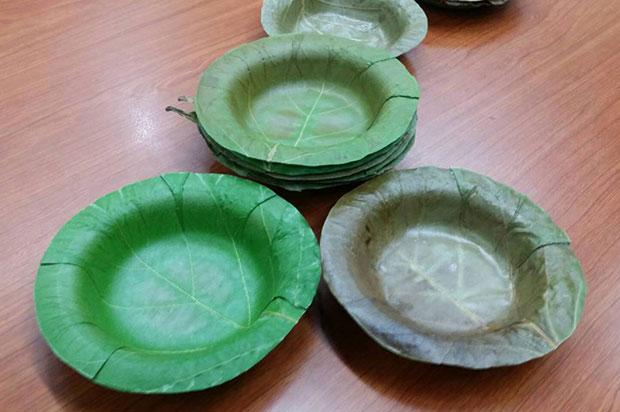Leaf Dinnerware
A University in Thailand has spent the past year developing a new type of waterproof bowl made of leaves. The women behind this leaf dinnerware felt called to design a replacement for Styrofoam when they saw large amounts of trash at a Temple in their country.
The bowls they make are certainly beautiful, and woven tightly enough that they will not leak. The women used starch to create a glossy look to the dining ware, and once used, these dishes will decompose naturally.
Their research indicates that the leaves from Kwao (bastard teak), Sak (teak) and Sai (banyan) trees worked the best for these plates and bowls.
A Traditional Bowl
While the women have applied for a patent, the idea of leaf-based dining ware is not new. In fact, this method has been used for generations in India and Nepal.
This product may not be new to the indigenous people of India and Nepal, but it is certainly a fresh idea for those of us in the West who are accustomed to massive amounts of trash-waste coming with our convenience foods.
It is about time that through innovation and tradition we find a way to replace our heavy dependence on Styrofoam and plastic for both fast food and convenience food. I wonder if they could make cups that could withstand a drink beyond a meal?
If there is to be food trash and careless litter, wouldn’t you rather it look like this?
If you have ever used a leaf plate or bowl, please tell your story here! We would love photos of your experiences as well.
Update: People have been asking where to buy them, and we have not found this exact model, but we did find palm leaf and bamboo dining ware on Amazon. Enjoy!








